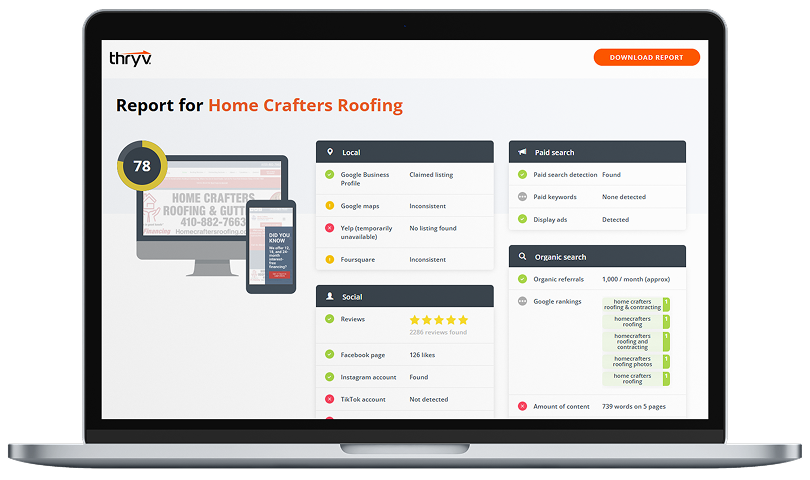One of the attributes of a tough economic environment is shrinking revenue and while a sales-focused business strategizes on ways to turn its profitability around, attention should also be paid to the application of some efficiency in its prospecting processes. Such attempts should involve the implementation of changes that focus prospecting on segments of the market that increase the company’s opportunity to succeed while reducing the cost of acquisition.
An efficient prospecting approach will typically involve the analysis of historical sales data. A company without a data warehouse program should embark on having one in place to ensure the enhancement of its prospecting program. Typical sales data collected will include date of sales, price of sales, product sold, residential ZIP code of purchaser, income of purchaser. This type of information can be augmented with economic data at the ZIP code level. This type of economic data is readily available through companies like economy.com. The information will include bankruptcy rate, unemployment and mortgage origination rate, etc.
Once collected, the information should then be analyzed by running it through regression analysis to estimate the relationships amongst the variables. This function is available in spreadsheet programs like Microsoft’s Excel and can be adopted outside the availability of more advanced statistical tools like SPSS or SAS. The regression analysis will enable a user to determine the attributes that are common to the customers who purchase the relevant products. Based on observed patterns and relationships within internal sales data and external purchased data, the results will enable us to:
- determine the factors that are associated with the decision to buy
- identify why some clients buy while others don’t
- identify the prospect who will help maximize our decision to buy
The results are then turned into probability scores that get appended to each record based on how closely the individual prospect attributes match the predetermined attributes identified by the regression analysis. The prospects can then be segmented into propensity deciles by sorting the prospect base by their corresponding model scores. Sorting is done in a descending order therefore enabling the prospects with the highest scores to be ranked in the top deciles. The output of the process can then be used in prioritizing prospects for a sales campaign or a marketing promotion.

A result of the application of this type of analysis has shown that 87% of all converted prospects come from the top five deciles of prospects. This shows that focusing the prospecting effort on this segment of customers would save time and prospecting resources for the company adopting this approach


